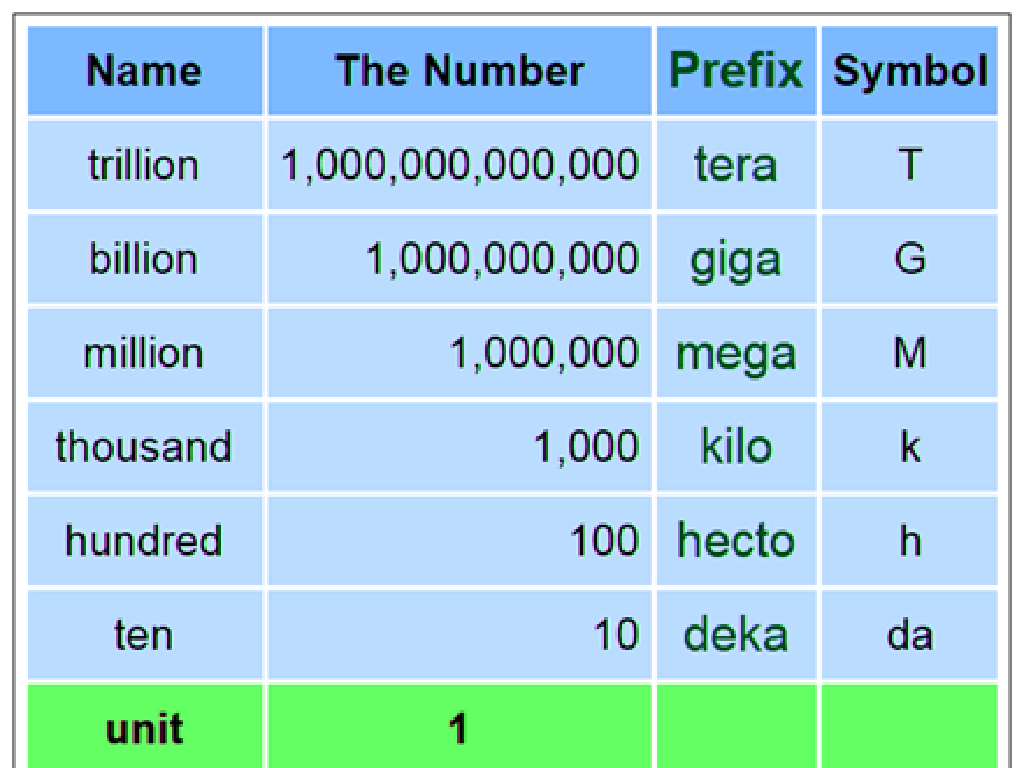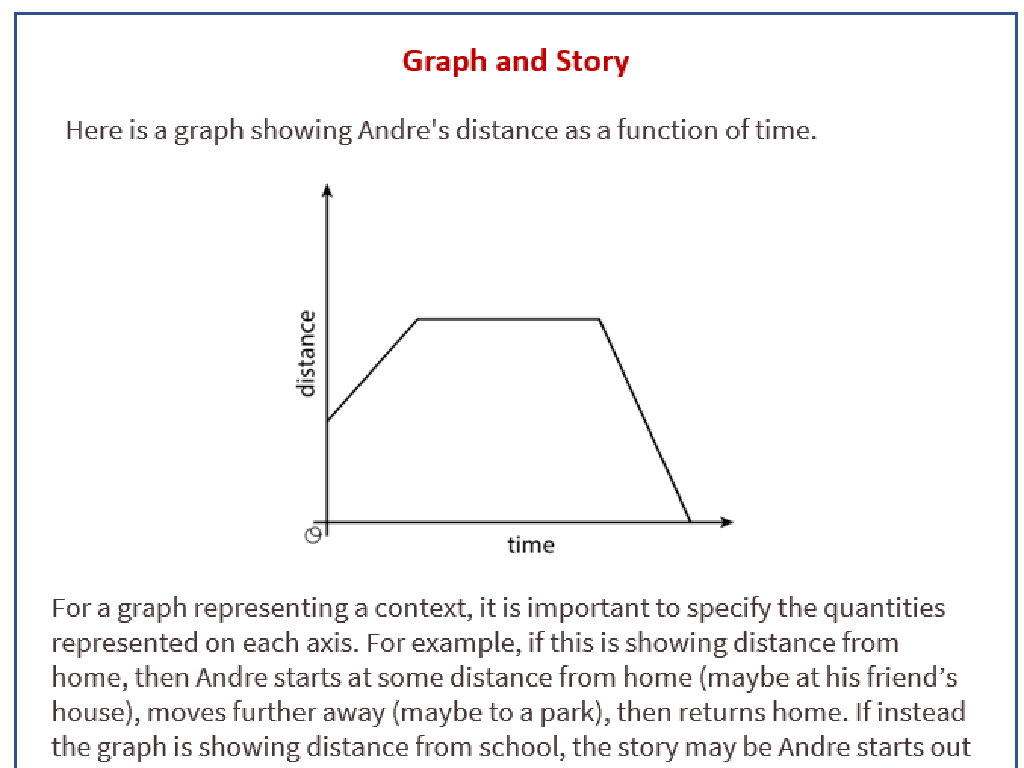The Fall Of The Western Roman Empire
Subject: Social studies
Grade: Seventh grade
Topic: Rome And The Byzantine Empire
Please LOG IN to download the presentation. Access is available to registered users only.
View More Content
Introduction to the Western Roman Empire
– Overview of Western Roman Empire
– A powerful civilization ruling large areas of Europe, North Africa, and the Middle East.
– Empire’s vast geographical reach
– At its peak, it spanned three continents including territories in present-day Italy, France, Spain, and beyond.
– Rome’s impact on world history
– Rome influenced modern law, politics, language, engineering, architecture, government, and religion.
– Factors leading to the Empire’s fall
|
This slide introduces the Western Roman Empire, setting the stage for understanding its eventual fall. Begin by discussing the Empire’s vastness and power, emphasizing its control over various regions that are now part of many different countries. Highlight Rome’s enduring influence on various aspects of modern civilization, including legal systems, languages, and infrastructure. This will help students appreciate the significance of the Empire in world history. Conclude by hinting at the factors that contributed to its decline, which will be explored in subsequent slides. Encourage students to think about the legacy of the Roman Empire in today’s world and how its fall might have shaped the course of history.
The Height of Roman Power
– Peak of Roman influence
– Cultural, military, and political dominance at its zenith
– Roman contributions overview
– Laws, engineering marvels, societal structures
– Notable Roman emperors
– Augustus, Constantine, and Julius Caesar
– Impact on modern society
– Democracy, architecture, legal systems
|
This slide aims to capture the essence of the Roman Empire at its most powerful. Discuss how Rome’s influence extended over vast territories and how its culture, military might, and political systems dominated the era. Highlight Roman contributions such as the codification of laws, architectural innovations like aqueducts and roads, and the establishment of governance structures that influence modern society. Identify key emperors who shaped the empire’s history, such as Augustus, who established the principate; Constantine, who embraced Christianity; and Julius Caesar, whose actions led to the rise of the imperial era. Emphasize the lasting impact of Roman civilization on today’s world, including the concept of democracy, architectural styles, and the foundation of Western legal systems. Encourage students to reflect on how these contributions continue to affect their daily lives.
Causes of the Fall of the Western Roman Empire
– Political instability and mercenaries
– Frequent changes in leadership weakened authority; mercenaries were less loyal than citizen armies.
– Economic troubles, reliance on slaves
– Heavy taxes and reliance on slaves stunted economic innovation and growth.
– Division of the Empire: East and West
– The split made the West more vulnerable to invasion and less economically stable.
|
This slide outlines the primary reasons behind the fall of the Western Roman Empire. Political instability was rampant with a rapid change of emperors and reliance on mercenary armies, which were often less loyal and effective than traditional legions. Economically, the empire suffered from a lack of innovation due to an overreliance on slave labor and faced significant financial strain from over-taxation and inflation. The division of the empire into two halves, with the Eastern (Byzantine) Empire often outshining the West, left the Western Empire more susceptible to external pressures and internal decay. Discuss each point in detail, providing historical examples such as the sack of Rome by Visigothic and Vandal forces, and the eventual abdication of the last emperor, Romulus Augustulus, in 476 AD.
The Fall of the Western Roman Empire
– Barbarian invasions impact
– Various tribes breached Rome’s borders, leading to instability.
– Huns and Goths influence
– The Huns’ westward push pressured other groups to move into Roman territories.
– Romulus Augustulus, last emperor
– Deposed in 476 AD, marking the end of the Western Roman Empire.
– The sacking of Rome
– In 410 AD, Rome was sacked by the Visigoths, a significant blow to Roman prestige.
|
This slide outlines the major events that contributed to the fall of the Western Roman Empire. Discuss the invasions by various barbarian tribes, including the Visigoths and Vandals, and how these incursions weakened the empire. Highlight the role of the Huns, led by Attila, and the Goths in accelerating the empire’s decline. Explain the significance of Romulus Augustulus’s deposition as the last emperor and what it symbolized for the ancient world. The sacking of Rome by the Visigoths was a critical event that demonstrated the vulnerability of the empire and foreshadowed its eventual fall. Encourage students to consider the complexity of these events and how they interlinked to bring about the end of an era.
Impact of the Western Roman Empire’s Fall on Europe
– Shift to Byzantine Empire
– The Eastern Roman Empire, known as the Byzantine Empire, thrived after the fall.
– Start of the Middle Ages
– The Middle Ages, or Medieval period, began as a distinct era after Rome’s decline.
– Influence on European culture
– The fall affected languages, art, and societal structures in Europe.
– Changes in political landscape
– Power vacuum led to the rise of new kingdoms and feudalism.
|
This slide explores the profound effects of the Western Roman Empire’s collapse on European civilization. The transition to the Byzantine Empire marked a significant shift in power and cultural influence. The onset of the Middle Ages brought about a new social and economic order, with feudalism emerging as a dominant system. European culture, including languages and arts, was heavily influenced by the remnants of Roman civilization, yet it evolved uniquely in different regions. Politically, the fall created opportunities for the rise of new kingdoms and the spread of Christianity. Discuss how these changes laid the foundation for modern Europe and encourage students to consider the long-term implications of such a pivotal historical event.
Roman Legacy in Today’s World
– Influence on modern government
– Roman Republic ideas like Senate and laws are seen in democracies.
– Latin’s impact on languages
– Many English and Romance words are derived from Latin.
– Roman architectural heritage
– Structures like the Colosseum inspire modern stadiums and public buildings.
– Engineering influences today
– Techniques like aqueducts inform current water supply systems.
|
This slide aims to connect the ancient Roman Empire with the present day, showing how its influence extends into modern society. Discuss how the Roman Republic’s concepts of a Senate and codified laws are reflected in many democratic systems around the world. Highlight the Latin language as the root of many English words and the basis for Romance languages. Explore Roman architecture, such as the Colosseum and Pantheon, which continue to inspire modern designs. Lastly, delve into Roman engineering, like roads and aqueducts, which set the foundation for our current infrastructure. Encourage students to reflect on these connections and consider how ancient innovations still play a vital role in our lives.
Class Activity: Collapse of an Empire
– Divide into groups for discussion
– Each group prepares a skit
– Creatively enact a cause of Rome’s fall
– Focus on a major fall cause
– Class vote on significant cause
– After presentations, discuss and vote as a class
|
This interactive class activity is designed to engage students with the historical content by allowing them to explore and dramatize the various causes of the fall of the Western Roman Empire. By dividing the class into groups, each group will focus on one major cause such as economic troubles, military struggles, or political corruption. They will then prepare and perform a short skit to represent their assigned cause. After all groups have presented, the class will have a discussion and vote on which factor they believe was the most significant in contributing to the empire’s collapse. This activity not only helps students better understand the complexity of historical events but also encourages teamwork, creativity, and critical thinking. Provide guidance on how to create the skits and ensure that each group understands their cause well. Offer examples of causes for the skits such as ‘Barbarian invasions’ or ‘Economic decline’.





